Select an Orthopaedic Specialty and Learn More
Use our specialty filter and search function to find information about specific orthopaedic conditions, treatments, anatomy, and more, quickly and easily.
GET THE HURT! APP FOR FREE INJURY ADVICE IN MINUTES
Shoreline Orthopaedics and the HURT! app have partnered to give you virtual access to a network of orthopaedic specialists, ready to offer guidance for injuries and ongoing bone or joint problems, 24/7/365.
Browse Specialties
-
- Arthritis
- Foot & Ankle
- Joint Disorders
- Podiatry
Ankle Arthritis
Arthritis is inflammation that can cause pain and stiffness in any joint in the body. Osteoarthritis, also known as degenerative or “wear-and-tear” arthritis, is a common problem for many people after reaching middle age. It is often experienced in the small joints of the foot and ankle.
More Info -
- Hand & Wrist
- Physical Medicine & Rehabilitation (PM&R)
Carpal Tunnel Syndrome
Many things can lead to development of carpal tunnel syndrome, and in most cases, there is no single cause. Common symptoms are: numbness, tingling and pain in the hand; a sensation similar to an electric shock, felt mostly in the thumb, index and long fingers; and strange sensations and pain traveling up the arm toward the shoulder.
More Info -
- Foot & Ankle
- Podiatry
Equinus
When the ankle joint lacks flexibility and upward, toes-to-shin movement of the foot (dorsiflexion) is limited, the condition is called equinus. Equinus is a result of tightness in the Achilles tendon or calf muscles (the soleus muscle and/or gastrocnemius muscle) and it may be either congenital or acquired. This condition is found equally in men and women, and it can occur in one foot, or both.
More Info -
- Neck and Back (Spine)
- Pediatric Injuries
- Physical Medicine & Rehabilitation (PM&R)
Kyphosis (Roundback) of the Spine
The term kyphosis is used to describe the spinal curve that results in an abnormally rounded back. Although some degree of rounded curvature of the spine is normal, a kyphotic curve that is more than 50° is considered abnormal. There are several types and causes of kyphosis: postural kyphosis, Scheuermann’s kyphosis, and congenital kyphosis.
More Info -
- Foot & Ankle
- Ligament Disorders
- Podiatry
Plantar Fasciitis
Although the plantar fascia is designed to absorb the high stresses and strains placed on the feet, sometimes too much pressure can damage or tear these tissues. The body’s natural response to such an injury is inflammation, which results in heel pain and stiffness of plantar fasciitis.
More Info -
- Physical Medicine & Rehabilitation (PM&R)
PM&R or Physiatry Overview
Physical medicine and rehabilitation (PM&R), or physiatry, is one of 24 medical specialties certified by the American Board of Medical Specialties. This branch of medicine emphasizes the prevention, diagnosis and nonsurgical treatment of disorders related to nerves, muscles and bones that affect movement.
More Info -
- Minimally Invasive Surgery (Arthroscopy)
- Shoulder
- Sports Medicine
Rotator Cuff Tear & Arthroscopic Repair
When one or more of the rotator cuff tendons is torn, the tendon no longer fully attaches to the head of the humerus. As damage progresses, lifting a heavy object or other similar action can result in a complete tear of the tendon. A torn rotator cuff weakens the shoulder, making it painful and difficult to perform simple daily activities such as getting dressed or combing your hair.
More Info -
- Joint Disorders
- Knee
Unstable Kneecap (Patella Instability) Procedures
In a normal knee, the kneecap fits nicely in the femoral groove, allowing you to walk, run, sit, stand, and move easily. But if the groove is uneven or too shallow, the kneecap can slide off, resulting in a partial or complete dislocation. A sharp blow to the kneecap, as in a fall, can also pop the kneecap out of place. When this happens, the MPFL is usually torn and this makes it more likely for it to happen again.
More Info

